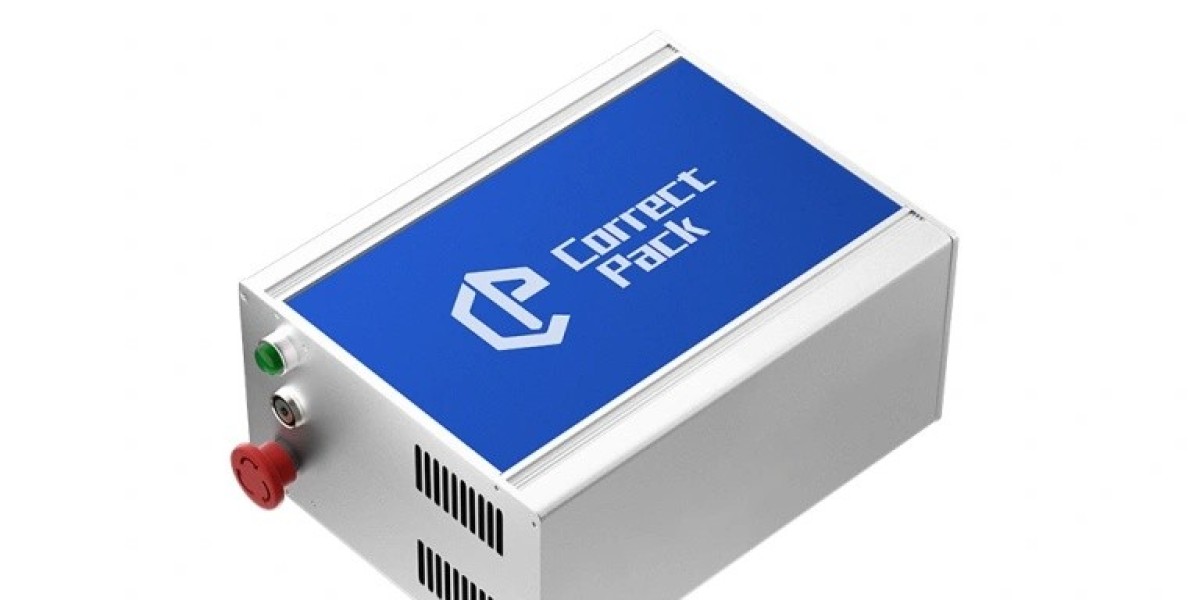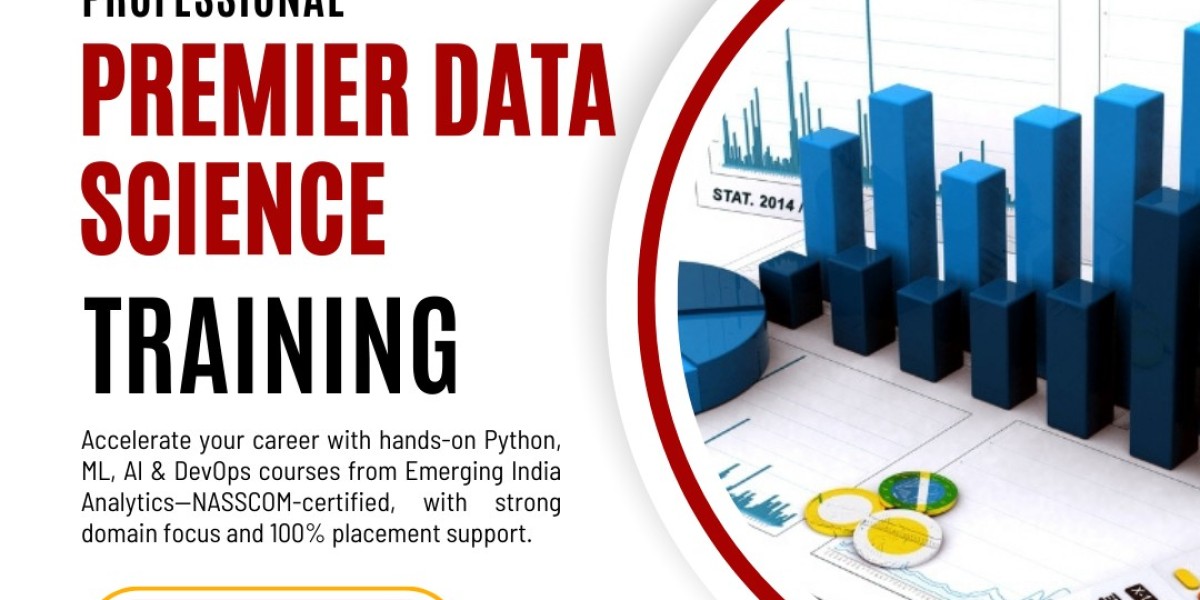In the complex world of industrial manufacturing, few challenges are as universal as the need to mark and code an ever-expanding range of materials. From the glossy surface of a glass bottle to the textured finish of a coated metal component, each substrate presents its own unique set of obstacles for traditional printing methods. Correct Pack’s high-performance UV laser printing machines are engineered to meet this challenge head-on, offering a versatile and powerful solution for applying permanent, high-quality marks across a breathtakingly diverse material portfolio. This capability transforms production efficiency, allowing manufacturers to standardize on a single, reliable technology for all their coding needs, from the most common plastics to the most challenging engineered materials.
The Science of Universal Material Compatibility
The secret to this remarkable versatility lies in the fundamental operating principle of UV laser technology: cold ablation. Unlike thermal lasers that rely on heat to burn or etch a surface, a UV laser emits a short-wavelength, high-energy beam that is intensely absorbed by a wide array of materials. This energy breaks molecular bonds on the surface layer, causing a microscopic amount of material to be removed without generating significant heat transfer to the surrounding area. This cold process is the key to compatibility, as it prevents the melting, warping, or cracking that can occur with other methods, making it safe for everything from delicate films and plastics to hard, anodized metals.
Unmatched Marking Performance on Plastics and Polymers
The world of plastics is vast, encompassing materials like PET, PVC, HDPE, ABS, and polycarbonate, each with different additives, colors, and surface energies. Correct Pack’s UV laser printers excel in this domain. They can produce high-contrast, indelible marks on both untreated and coated surfaces without compromising the material's integrity. For instance, on a black ABS component, the laser can create a bright white, legible code by slightly altering the surface pigment. This eliminates the need for pre-treatment or special coatings that are often required with inkjet systems, streamlining the production process and reducing costs.
Precision Coding on Metals and Engineered Composites
Beyond plastics, these machines demonstrate exceptional performance on metals and advanced composites. Whether it’s anodized aluminum, stainless steel with a protective coating, or painted surfaces, the UV laser can cleanly remove the top layer to reveal the substrate beneath or alter the surface to create a contrasting mark. This is invaluable for automotive and aerospace industries, where parts require permanent traceability codes that must withstand harsh environments without corroding or fading. The non-contact process ensures there is no mechanical stress on the component, preserving its structural integrity and finish.
Exceptional Results on Glass, Ceramics, and Specialty Substrates
Even notoriously difficult surfaces like glass, ceramics, and certain silicones are no match for this technology. Marking on glass with traditional methods often risks micro-fractures or weak points. The controlled energy of the UV laser allows for precise, frosty-white marks that are smooth to the touch and do not compromise the strength of the container—a critical requirement for pharmaceutical vials and beverage bottles. This same precision enables high-resolution data matrix codes on small medical devices and clean, scannable barcodes on electronic components, ensuring reliability throughout the supply chain.







